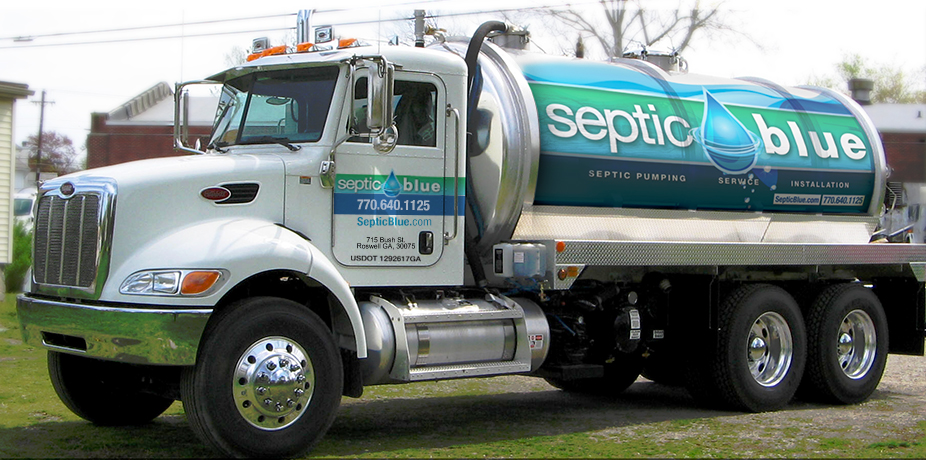Up to 36 Months Financing Available
Free Septic System Inspection Up to 36 Months Financing Available
Up to 36 Months Financing Available
Free Septic System Inspection Up to 36 Months Financing Available
Residential septic systems are an integral part of our homes as they enable us to dispose of wastewater safely and effectively. Even though we take them for granted sometimes, residential septic systems have come a long way. Were it not for the invention of septic systems in the 1860s, we would still be relying on outhouses. At Septic Blue of Charlotte, we felt it necessary to do some research on the evolution of septic systems over the years.

In this article, we will walk you through the evolution of residential septic systems to help you understand how they’ve changed over the years.
In the early days, households relied on outhouses to get rid of human waste. This waste management technique proved to be problematic in many ways. Not only did it lead to contamination of water sources, but it also caused many health issues. Poor waste management caused problems for ages until the 1860s, when Jean-Louis Mouras designed the first septic tank and built a prototype using concrete and clay pipes. Mouras was granted a patent for his septic tank design in 1991.
The first septic tanks based on Mouras’ design were made out of concrete and covered with a concrete lid. In the 1960s, precast septic tanks made out of metal became more prevalent in the U.S. and were sold as 500-gallon metal tanks. Later, precast septic tanks were improved further, and 1,000 and 1,200-gallon two-compartment tanks became the standard. However, these septic systems began failing in the late 1960s, and this prompted septic companies to make significant improvements to the overall design. In the 1970s, many cities across the U.S. began regulating system sizing and water tightness to protect the environment and our health.
Even though significant modifications have been made to septic tanks since the 1860s, the underlying concept is pretty much the same. Modern septic systems are made with advanced materials such as fiberglass and polyurethane; hence, they are much more durable. Whereas older septic systems were anaerobic, modern septic tanks use an aerator to increase natural bacterial activity and accelerate the breakdown of solid waste. Another advantage of today’s septic systems is they don’t need to be pumped out nearly as often as did older septic systems. Today’s septic tanks need to be pumped out every 3-5 years, depending on the size of the tank, household size, and water usage habits.
If you are looking for a professional septic company to help you with your septic service needs, look no further than Septic Blue of Charlotte. We are a professional septic company serving many locations in North Carolina. Whether you’re in need of septic tank installation, septic tank pumping, septic tank repair, or septic cleaning, you can count on Septic Blue of Charlotte to provide you with reliable services at competitive rates. Our knowledgeable and experienced septic technicians are equipped with advanced tools and have what it takes to handle all of your septic service needs.